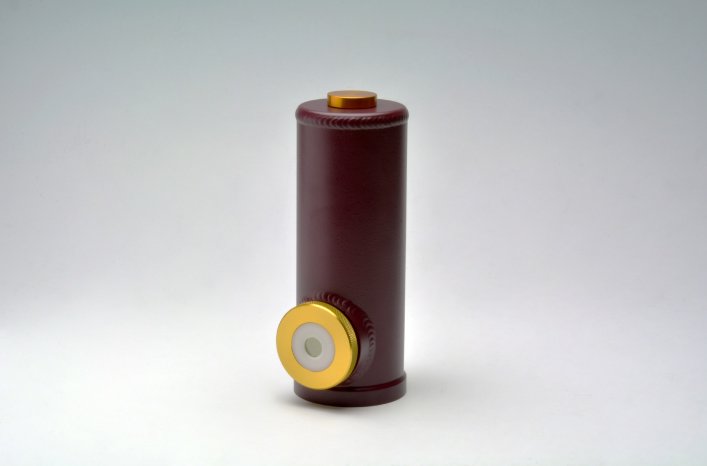Sales of this new compound opto-semiconductor begins September 2, 2019.
By utilizing compound opto-semiconductor manufacturing technology developed in-house over many years, we are the first in the world to succeed in mass-producing a compound opto-semiconductor (type-II superlattice infrared detector*1) not containing harmful mercury (Hg) and cadmium (Cd) but able to detect mid-infrared light to a wavelength of 14.3 micrometers (a micrometer, abbreviated μm, is one millionth of a meter). Mercury and cadmium are common materials used for mid-infrared detectors but are restricted substances under the RoHS directive issued by EU (European Union) that prohibits use of certain hazardous substances in electrical and electronic products sold in the EU market. Our new product will likely replace currently available mid-infrared detectors that contain restricted substances, and will prove ideal for analytical instruments that rely on mid-infrared light to identify substances contained in the air, foods, and drugs. Hamamatsu will begin selling this new product to domestic and overseas analytical instrument manufacturers on September 2, 2019.
*1: Type-II superlattice infrared detector is a compound opto-semiconductor with a unique structure composed of thin films of two different materials alternately laminated on a substrate to form a photosensitive layer.
To access the full article, please follow the below link:
https://www.hamamatsu.com/eu/en/news/product_technology/2019/20190827000000.html
